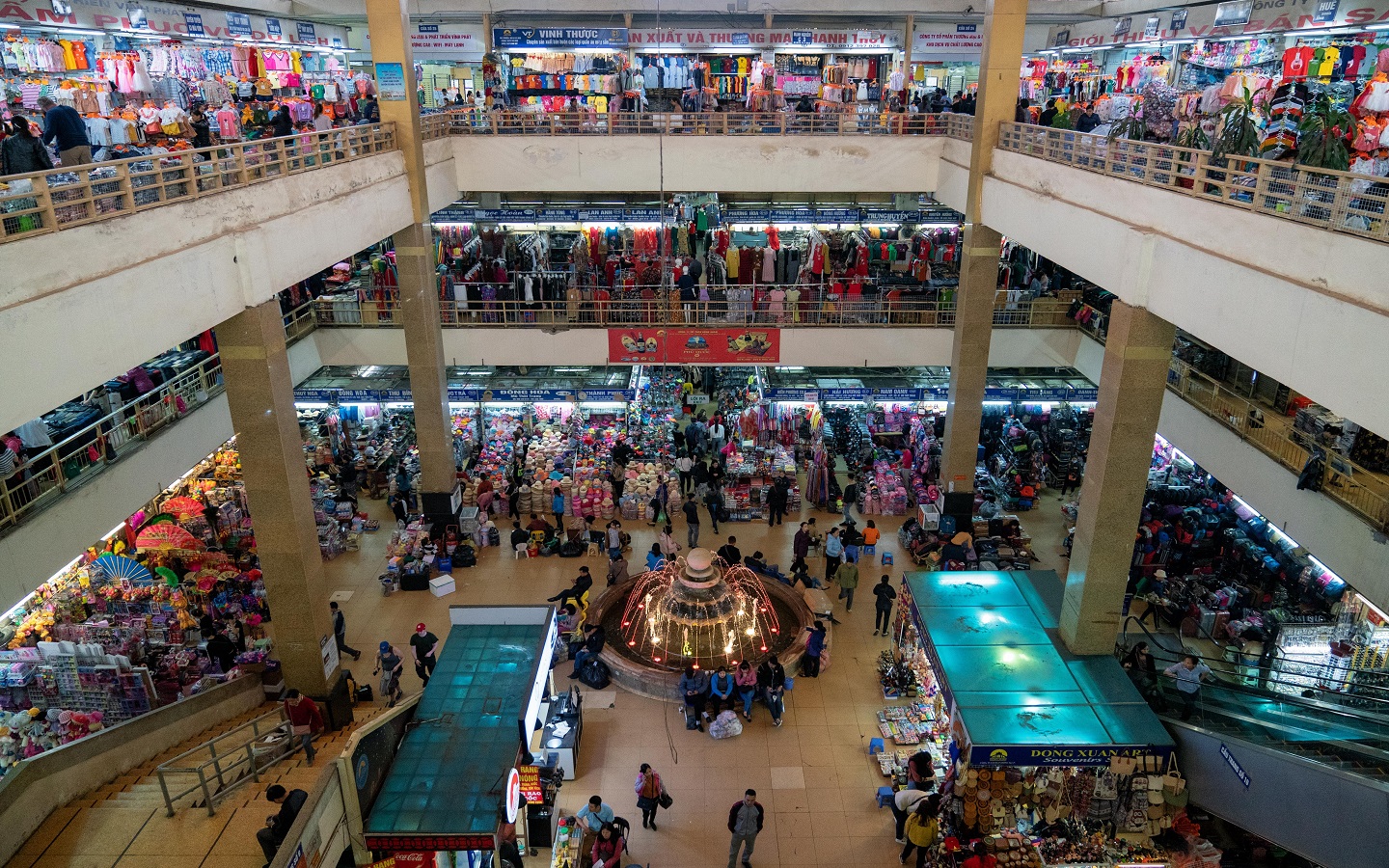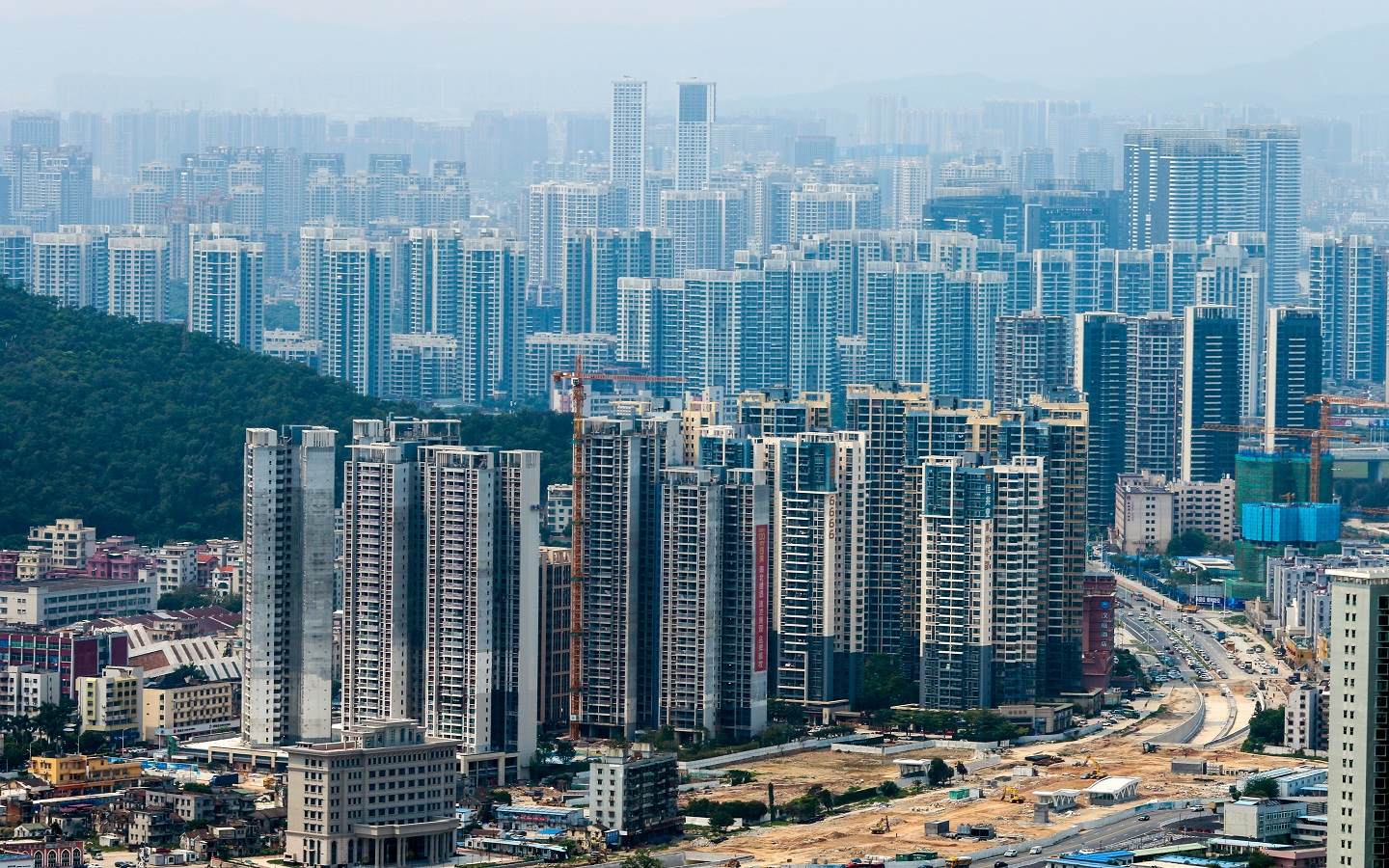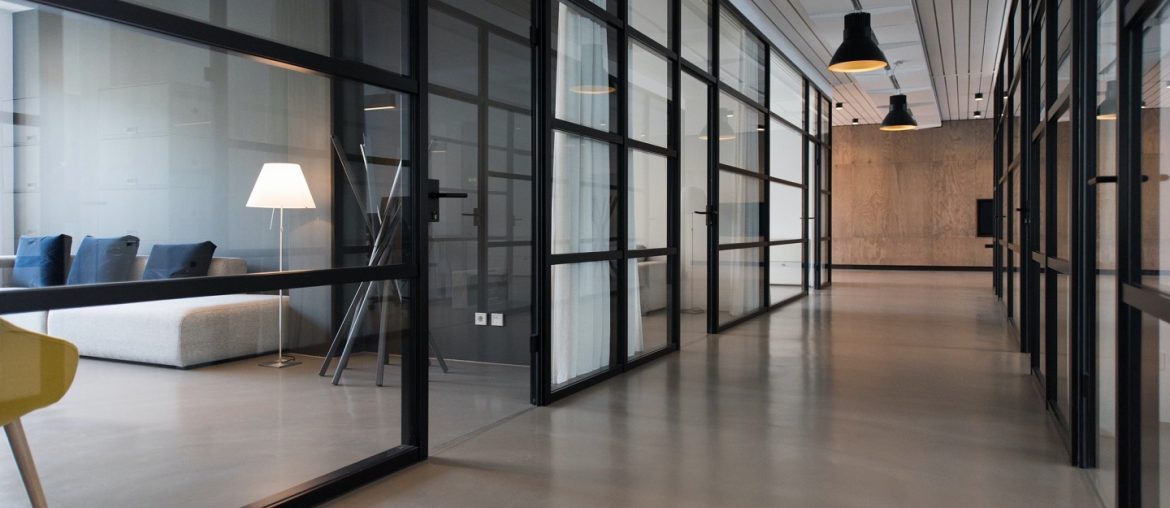The ongoing pandemic has affected almost every aspect of our lives. The impact is more visible when looking at the health sectors and economy. Only China has managed to keep its economy stable in the second quarter of the year but that can’t be said for most countries. However, amid this ongoing economic crisis, the commercial real estate sector has not only survived but continues to grow. So, what are factors driving commercial real estate growth? Let’s take a deeper look.
Increasing demand for e-commerce
When talking about factors driving commercial real estate growth, the increasing demand of e-commerce comes first. In this age of globalization and the triumph of information technology, people’s dependence on it has naturally increased. And in the light of this pandemic, it accelerated and e-commerce has become a necessity if anyone wants to maintain hygiene and be safe.

According to the US Census Bureau, in the first quarter of this year, the country’s retail e-commerce revenue was $211.5 billion, which was 31.7% higher than the previous quarter’s retail e-commerce revenue. It is estimated that the retail e-commerce based revenue in the United States will be 45% higher (?) this year compared to last year.
Meaning, for every $5 spent, $1 will be spent through e-commerce. Not only has the demand for e-commerce increased in developed countries, the e-commerce sectors in developing countries like Bangladesh have also witnessed the highest number of transactions this year. According to a Bangladesh Bank report, the total amount transacted in this sector was BDT 491.4 crore in June 2020, which increased to BDT 640.4 crore in July 2020.
According to a report by PricewaterhouseCoopers or PWC, after ordering online, 62% of buyers expect their products within 2 days. Because of this demand, warehouse and distribution centers are being constructed in every metropolitan and developing city to ensure last mile delivery service (delivering items to the end user as fast as possible). All of this is directly affecting the commercial real estate sector in two ways. The demand for industrial real estate, or in other words, the demand for storage facilities, distribution centers is higher than ever. On the other hand, the demand for restaurants, shopping centers is declining owing to the pandemic.
Varying pace for retail store demand

As mentioned before, the demand for restaurants, shopping centers, etc. has decreased a lot due to restrictions and COVID-19 induced reasons. However, the demand for medicine stores, grocery shops or supershops, which are essential retail stores, is still on the rise. Not only that, many countries lifted lockdown restrictions from July-August this year. As a result, the demand for these kinds of retail stores is surging. Many owners have taken their grocery businesses online. According to Times of India, people’s footsteps have increased 13%-15% in September 2020 compared to April-June 2020.
While it’s true that the demand for other types of retail stores, especially those selling luxury goods, have dwindled during the last few months, the growing demand and importance of essential retail shops is noteworthy for the overall commercial real estate growth across nations.
Varying demand of office space needs
The role of a well planned and nicely decorated office space is imperative in order to ensure a healthy working environment. An office is not just a place for work, it is representative of the organization and helps create a brand image. It also helps increase the productivity of the employees.

Just like the other aspects of life, our work lives have also changed a lot due to the pandemic. At the beginning, almost every country mandated the trend of working from home. As a result, CBRI, a US-based investment firm, estimated that global demand for office space would fall by 1% this year – for the United States by 2% and office space rent by 3% to 6%. But according to the National Institute of Realtors in the United States, demand for office property have fallen by 67% in July.
But the opposite happened in some countries. In developing countries like India, as everything has more or less gone back to normalcy, people returned to their office lives even though risk is still highly present. Being one of the top outsourced countries in the world, the demand for office space is still increasing. Even some multinational companies are opening offices here. Apart from that, along with Japan, South Korea, China, and New Zealand, the demand for office space is also on the rise in some East-Asian and European countries. In some of these countries, Covid-19 infection is almost non-existent and life returns to normalcy, while in other countries, commercial activity is going on even though the virus infection has not decreased.
That being said, it is assumed that there will be a wave of change in office space design in these countries soon. It is difficult to adhere to social distancing rules in the ‘open office system (which has been very popular). As a result, the demand for ‘compartmentalized space’ or ‘cubicles’ is expected to increase. That is why the varying demand for office space needs is one of the crucial factors driving commercial real estate growth.
Profitable investment opportunity

During lockdown, investment in commercial real estate has decreased a lot. But among all the investment schemes, investing in the commercial real estate sector remained one of the most profitable ways to make big money. Annual returns from commercial space range from 7% to 12%. By comparison, the annual return on residential property is only 1% to 4%.
Although commercial real estate development was temporarily suppressed due to the pandemic, the sector is turning around again. And varying demands for a variety of commercial spaces are big factors driving commercial real estate growth.




